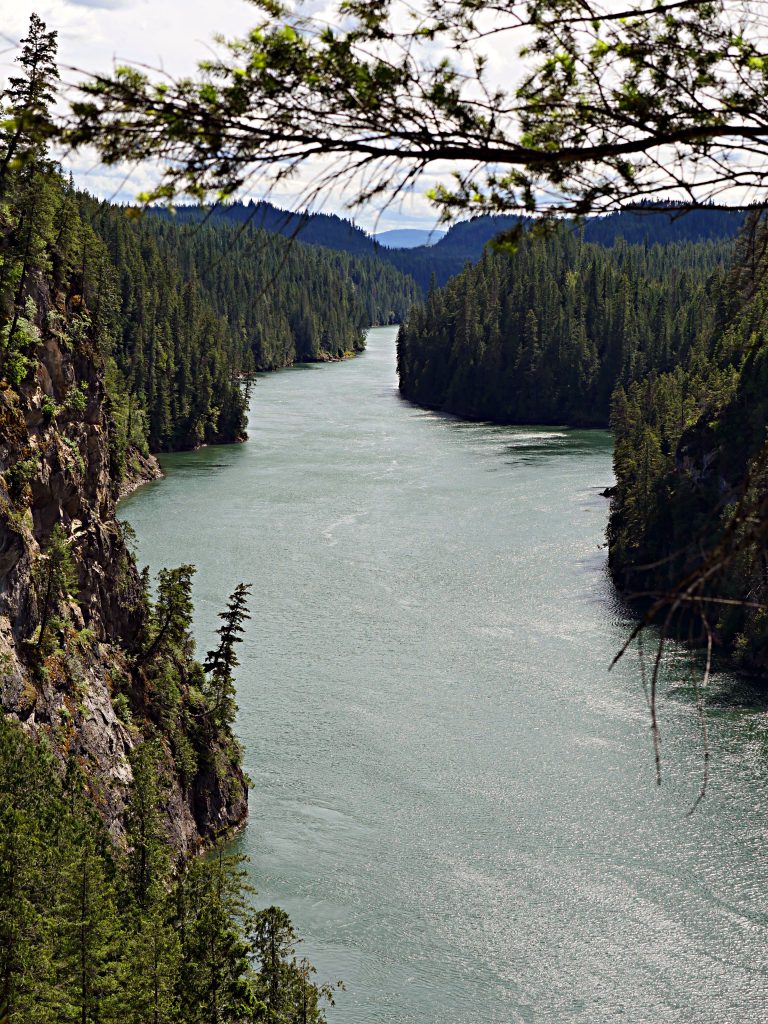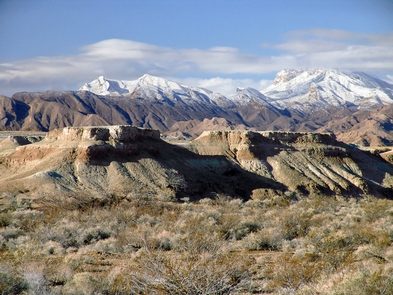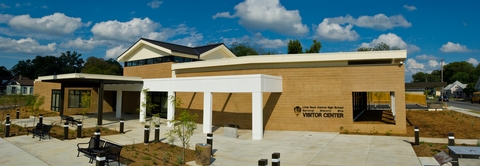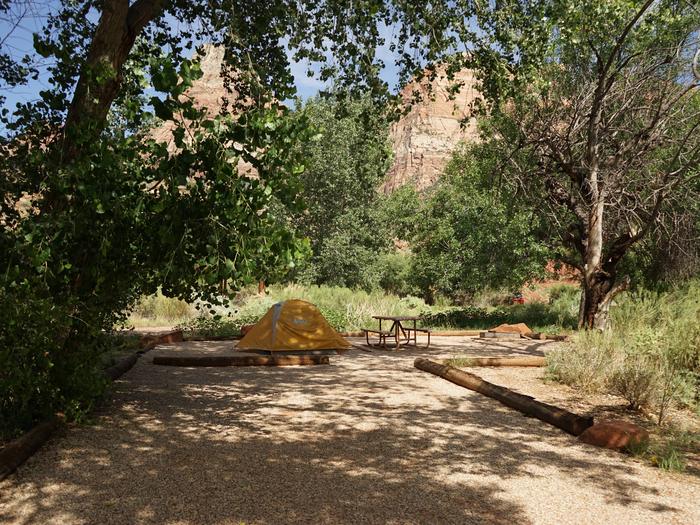Directions
Charles M. Russell NWR is located in north-central Montana. The headquarters for the Refuge Complex is located in Lewistown. From Great Falls, follow U.S. Highway 87 east for 100 miles to Lewistown. Turn right onto Airport Road. From Billings, follow U.S. Highway 87 north to Grass Range and then west to Lewistown for 130 miles. Turn left onto Airport Road. The Refuge headquarters is located about 1 mile up the road to the left. Office hours are 7 am to 4 pm, closed weekends and holidays.
Three staffed field stations are located around the Refuge. Sand Creek Wildlife Station is located 2 miles south of the Missouri River on the east side of U.S. Highway 191. Jordan Wildlife Station is located south of Montana Highway 200 in the town of Jordan. Fort Peck Wildlife Station is located east of Montana Highway 24 in the town of Fort Peck. Office hours for all field stations are 7 am to 4 pm and they are closed weekends and holidays.
Due to the Refuge’s immense size and remote location, visitors should be prepared for a variety of conditions. Temperatures can range from 100Ñ”F in the summer to -20Ñ”F in the winter. While the Refuge has many miles of vehicle trails open for travel, many of these trails are “primitive” and require a high centered vehicle and/or four-wheel drive. During wet weather, most trails are impassable. Plan to carry water with you as it is extremely limited on the Refuge and drinking water is generally unavailable. Cell phone service is sporadic.
Phone
406-538-8706
Activities
AUTO TOURING, BOATING, HISTORIC & CULTURAL SITE, INTERPRETIVE PROGRAMS, FISHING, HIKING, HUNTING, WILDLIFE VIEWING, ENVIRONMENTAL EDUCATION, PHOTOGRAPHY, PADDLING
Camping Reservations
Reserve your campsite at these camping areas:
Hiking Trails
Looking for nice hiking areas to take a hike? Choose from these scenic hiking trails:
Related Link(s)
Charles M Russell National Wildlife Refuge
Extending 125 miles up the Missouri River from the Fort Peck Dam in north-central Montana, the Charles M. Russell National Wildlife Refuge (NWR) is approximately 1,100,000 acres in size and includes the 245,000-acre Fort Peck Reservoir. Given the size and remoteness of the Refuge, the area has changed very little from the historic voyage of the Lewis and Clark expedition, through the era of outlaws and homesteaders, to the present time.
Visitors will find spectacular examples of native prairie, forested coulees, river bottoms, and “breaks” badlands. Elk, mule deer, pronghorn, bighorn sheep, sage and sharp-tailed grouse, and bald eagles make the Refuge home. The Refuge’s namesake famously portrayed the rich diversity of native wildlife and habitats of the area in many of his paintings.
UL Bend NWR, a “refuge-within-a-refuge,” lies within Charles M. Russell NWR and contains 20,000 acres of designated wilderness. The Refuge complex also contains Hailstone, Halfbreed, Lake Mason, and War Horse NWRs. These small satellite refuges are scattered throughout central Montana and were established primarily to protect wetlands for migratory birds and waterfowl. Several waterfowl production areas are also managed as part of the Refuge complex.
Hunting and fishing opportunities abound on Charles M. Russell NWR, its satellite refuges, and the waterfowl production areas. Boating is popular on the Missouri River and Fort Peck Reservoir. Several state parks and recreational areas have been developed within the Refuge. Each fall, hundreds of elk congregate in the Slippery Ann Wildlife Viewing Area, creating a spectacle not to be missed. Camping is permitted anywhere on the Refuge. The entire Refuge is open to hiking and horseback riding although no formal trails exist. Excellent wildlife viewing and photography opportunities are found throughout the Refuge.





